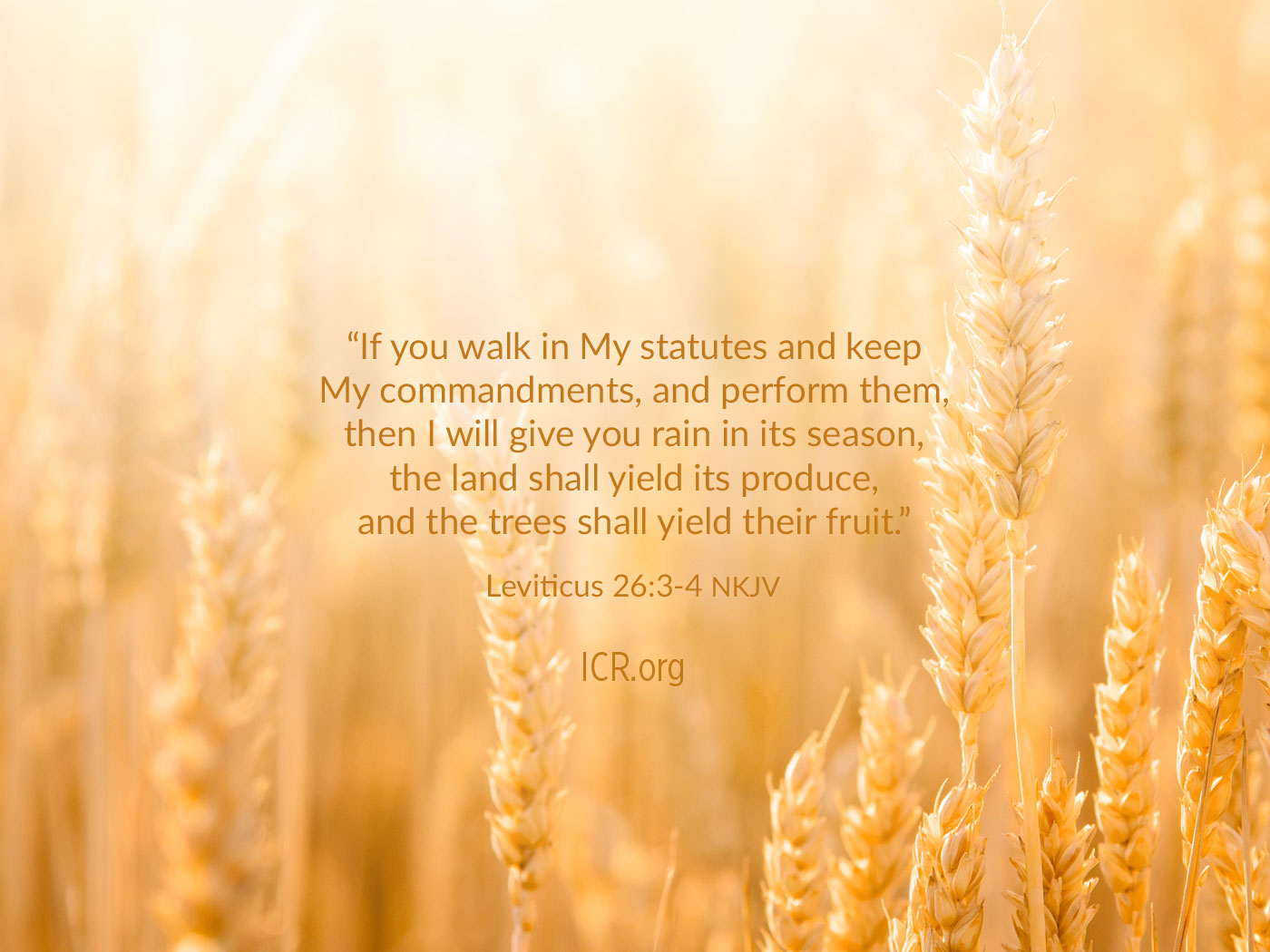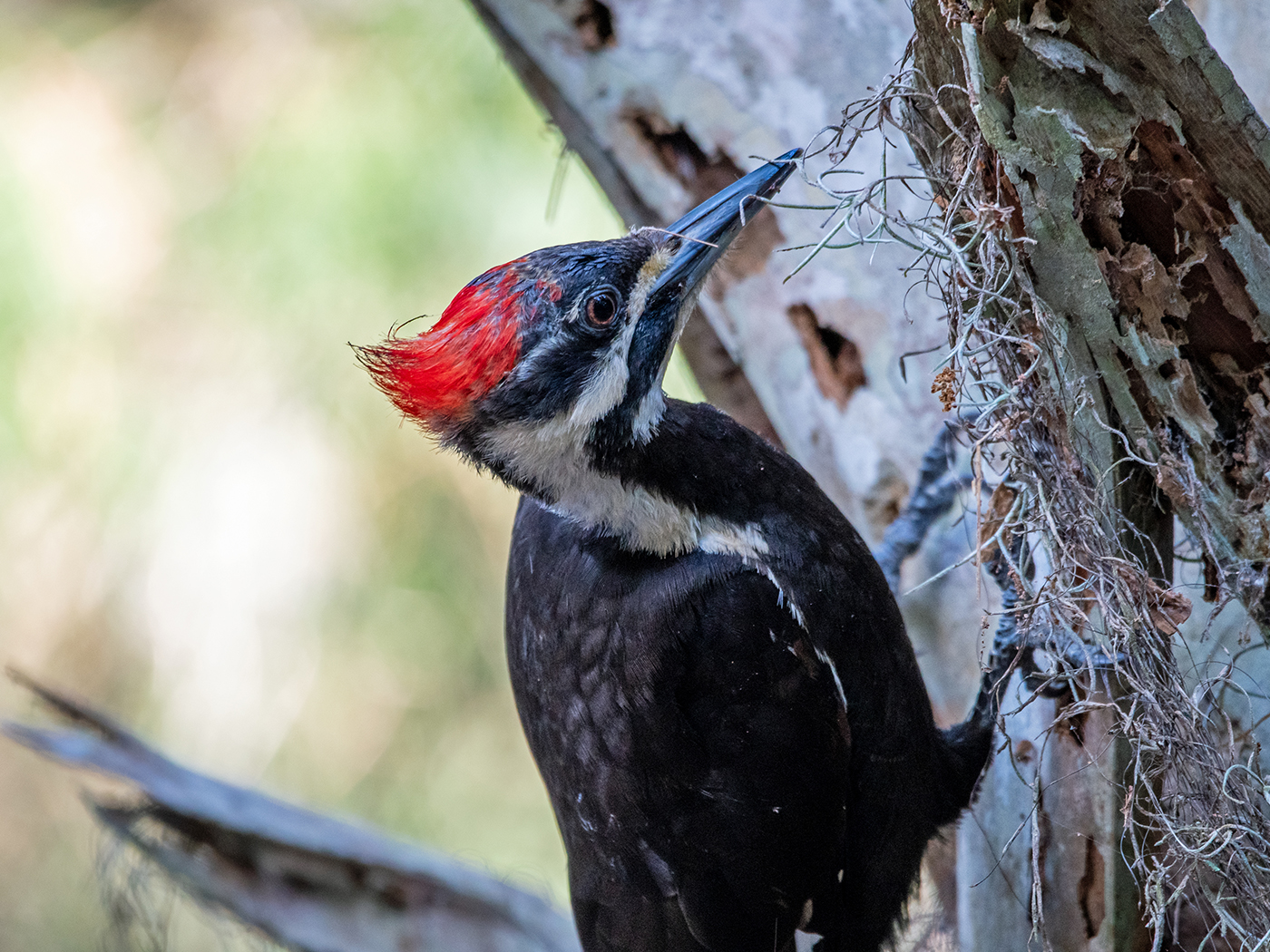God has designed plants to continuously track their environment.1 They do so with specially designed detectors (also called receptors) on the surface of their cells. Such detectors are critical in a host of biological processes such as development and immunity.
Recently, a group of plant biologists published an article titled “Plant receptors that control immunity and development share a common origin.” The researchers are from the RIKEN Center for Sustainable Resource Science (CSRS) and supposedly “have traced the origin and evolutionary trajectory of plant immune receptors.”2
Comparative analysis showed that the sequence of the four [leucine-rich] repeats below the island region [critical for identifying parts of pathogens] was very similar between the two types of protein detectors [called RLKs and RLPs], suggesting that they have a common evolutionary ancestry. In particular, these four sets of leucine repeats contained sections needed for bonding to the same co-receptor, called BAK1. This means that immunity-related RLPs and growth-related RLKs inherited the ability to bind BAK1 from a common ancestor.2 (emphasis added)
The RIKEN researchers confidently state that “Both immunity-related LRR-RLPs and growth-related LRR-RLKs have evolved from a common ancestor…”2 But since the scientists cannot go back many millions of years to identify this alleged common ancestor, it must be taken by faith that it existed.
Regardless, they assert that “Plants are continuously evolving new immune receptors to ever-changing pathogens.”2 But it has never been shown or documented how plants evolve new immune receptors. Rather, the plant has been designed from the beginning with the capability to continuously track their environment.1 When the plant is exposed to “ever-changing pathogens,” it has the genetic ability it was designed with to respond to the invaders.3
Before this can happen, however, the plant must be able to detect the invading bacteria, fungi, or viruses. This is accomplished by special pattern recognition receptors mentioned above found on the surface of plant cells, and “The ability of these receptors to detect molecular patterns associated with pathogens depends on two types of proteins, called RLPs and RLKs, both of which can contain leucine-rich repeats—sections in which the amino acid leucine appears multiple times.”2
Ngou et al. stated in Nature Communications that “The family sizes of RLPs and RLKs vary among plant species, and are believed to expand over evolutionary time in response to pathogen pressure” (emphasis added).4 Furthermore, the authors can only infer that “immunity- and development-related cell-surface receptors share a common origin.”4
Interestingly, the researchers were able to make “a hybrid receptor by combining a growth-related RLK with an immunity-related RLP [that] resulted in a hybrid receptor that recognized pathogens and induced both immune and growth-related responses.”2 This is a commendable scientific effort that has nothing to do with evolution. Brilliant scientists produced this hybrid receptor, not from scratch, but from complex biomolecules already present in the plant. It was not constructed by chance and time but by purpose and plan.
Ngou et al. discuss the complex PAMP (pathogen-associated molecular patterns) as part of the PAMP/pattern-recognition receptors (PRR), “which allows organisms to detect the presence of pathogens.” They went on to say, “...the origins of PRR families involved in PAMP perception in plants remain largely unclear.”4
Biological processes such as development and immunity in plants are clearly designed from the beginning. This is seen in the construction of the complex protein detectors RLKs and RLPs. Their evolutionary common ancestor remains unknown. The evolutionists writing in Nature Communications stated, “How cell-surface receptors evolve to become specialised in different biological processes remains elusive.”4 Creationists maintain that such receptor evolution will always remain vague and mysterious.
The protein detectors in all their complexity come from the mind of the Master Designer, the Lord Jesus Christ.
References
- Sherwin, F. CET Model in Plants is Clearly Seen. Creation Science Update. Posted on ICR.org July 21, 2022.
- RIKEN. Plant receptors that control immunity and development share a common origin, study finds. Phys.org. Posted on phys.org February 1, 2024.
- Sherwin, F. An Amazing Plant Defense. Creation Science Update. Posted on ICR.org February 20, 2023.
- Ngou, B. et al. 2024. Evolutionary trajectory of pattern recognition receptors in plants. Nature Communications. 15: 308.
* Dr. Sherwin is science news writer at the Institute for Creation Research. He earned an M.A. in zoology from the University of Northern Colorado and received an Honorary Doctorate of Science from Pensacola Christian College.





















